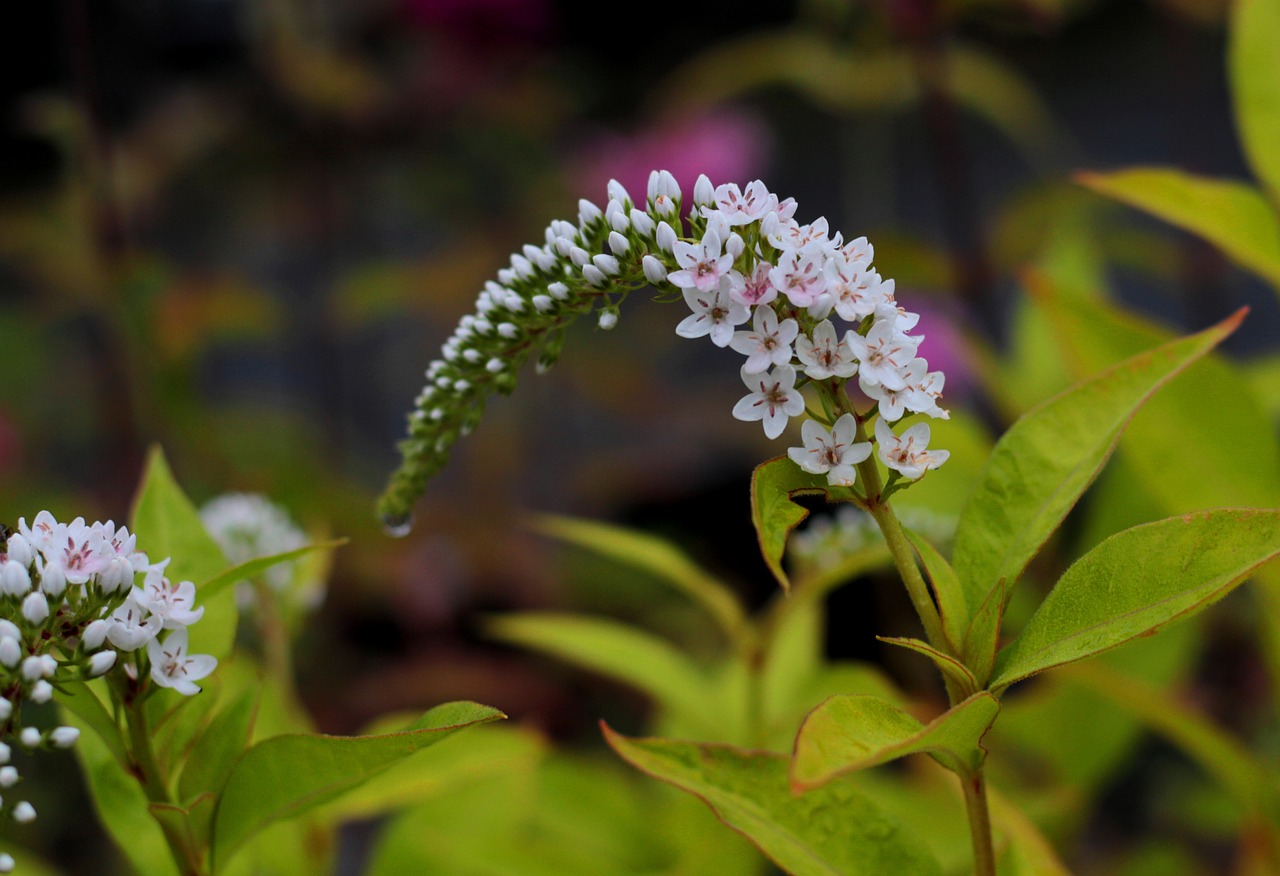
Lysimachia and Planting: Adding Beauty to Your Garden
Lysimachia, also known as “Loosestrife,” is a genus of beautiful flowering plants that can add a vibrant touch to any garden. If you’re an avid gardener or simply someone who appreciates the beauty of nature, you may want to consider planting Lysimachia in your outdoor space. In this article, we’ll explore the different types of Lysimachia, the art of planting them, and the various benefits that come with it.
I. Introduction
What is Lysimachia?
Lysimachia, commonly referred to as “Loosestrife,” is a diverse genus of flowering plants that belong to the family Primulaceae. With over 180 species worldwide, Lysimachia is known for its striking and vibrant yellow or white blossoms, making it a sought-after choice for gardeners and landscapers alike. Its widespread presence can be found in regions across North America, Europe, and Asia, adding a dash of cheerfulness and elegance to diverse landscapes.
Importance of Proper Planting
While Lysimachia is naturally beautiful and robust, achieving its full potential in your garden requires careful planning and maintenance. Proper planting and care are essential to ensuring these plants thrive and grace your garden with their vibrant presence.
II. Types of Lysimachia
Lysimachia encompasses a variety of species, each with unique characteristics and features. Here are a few notable varieties:
Lysimachia Punctata
Lysimachia Punctata, often called “Yellow Loosestrife,” is a well-loved species for its striking golden-yellow flowers. This perennial plant adds a burst of color to gardens and is a favorite among garden enthusiasts. Its tall, slender stems and distinctive foliage create a visually appealing display.
Lysimachia Nummularia
Known by names like “Creeping Jenny” and “Moneywort,” Lysimachia Nummularia is admired for its trailing growth habit. This variety forms a lush carpet of vibrant green foliage, serving as excellent ground cover. Its resilience and adaptability make it a popular choice for landscaping projects.
Lysimachia Clethroides
Lysimachia Clethroides, often referred to as “Gooseneck Loosestrife,” boasts graceful, curving spikes of white, star-shaped flowers. The unique shape and pristine white blossoms add an elegant touch to any garden. This variety is particularly appealing for those seeking a distinctive and beautiful addition to their outdoor spaces.
III. Planting Lysimachia
Choosing the Right Location
Selecting the ideal location for your Lysimachia plants is crucial to their success. These plants thrive in partial to full sun, making them adaptable to a range of garden settings. Aim for a spot that receives at least four to six hours of sunlight daily to ensure robust growth and abundant flowering.
Soil Preparation
Preparing the soil is a vital step in the planting process. Lysimachia flourishes in well-drained, slightly acidic to neutral soil. To enhance the soil’s fertility and drainage, it’s advisable to amend it with organic matter. Well-prepared soil provides the foundation for healthy Lysimachia plants.
Planting Process
Planting Lysimachia is relatively straightforward. Dig a hole that is approximately twice the size of the root ball, ensuring that it accommodates the plant’s root system comfortably. After placing the plant in the hole, backfill it with soil, and water thoroughly to help settle the soil and eliminate air pockets. Adequate watering at the planting stage is vital to assist the Lysimachia in establishing itself.
Maintenance
Once your Lysimachia is in the ground, it requires ongoing care and attention to thrive. Regular watering and mulching help retain moisture in the soil, promoting healthy growth. Pruning is essential to prevent overgrowth and maintain the desired shape of the plants. Fertilizing in the spring can further encourage strong and vibrant growth, ensuring your garden stays beautifully adorned with Lysimachia blooms.
IV. Benefits of Growing Lysimachia
Aesthetic Appeal
Lysimachia’s vibrant and cheerful flowers have a transformative effect on gardens. They are not only a sight to behold but also attract various pollinators like bees and butterflies. These visitors enhance the biodiversity of your garden, creating a lively and colorful environment.
Environmental Benefits
Beyond their visual appeal, Lysimachia serves a practical purpose in your garden. They help control soil erosion, thanks to their dense root systems, and contribute to improved soil health. In this way, Lysimachia plays a role in supporting the environment and adding value to your outdoor space.
V. Conclusion
In summary, Lysimachia is an excellent choice for garden enthusiasts seeking to elevate the beauty of their landscapes. By following the guidelines for proper planting and maintenance, you can enjoy the vibrant colors and environmental benefits that Lysimachia brings to your outdoor space. These hardy, adaptable plants will not only thrive but also enchant you and your garden visitors with their radiant blooms.
FAQs
1. Are Lysimachia plants easy to care for?
Yes, Lysimachia plants are relatively low-maintenance, making them an excellent choice for both novice and experienced gardeners.
2. Can I plant Lysimachia in a shaded area?
While Lysimachia prefers partial to full sun, some varieties can tolerate partial shade, providing flexibility for gardeners with shaded areas.
3. Do Lysimachia plants attract pollinators?
Absolutely! Lysimachia’s vibrant flowers are known to attract various pollinators, such as bees and butterflies, which can enhance the biodiversity of your garden.
4. When is the best time to plant Lysimachia?
Spring or early summer is the ideal time to plant Lysimachia, allowing them to establish their root systems before the colder months.
5. Can I use Lysimachia as ground cover?
Certainly! Lysimachia Nummularia, known as Creeping Jenny, is an excellent choice for ground cover, thanks to its spreading growth habit, which can carpet your garden with vibrant greenery.